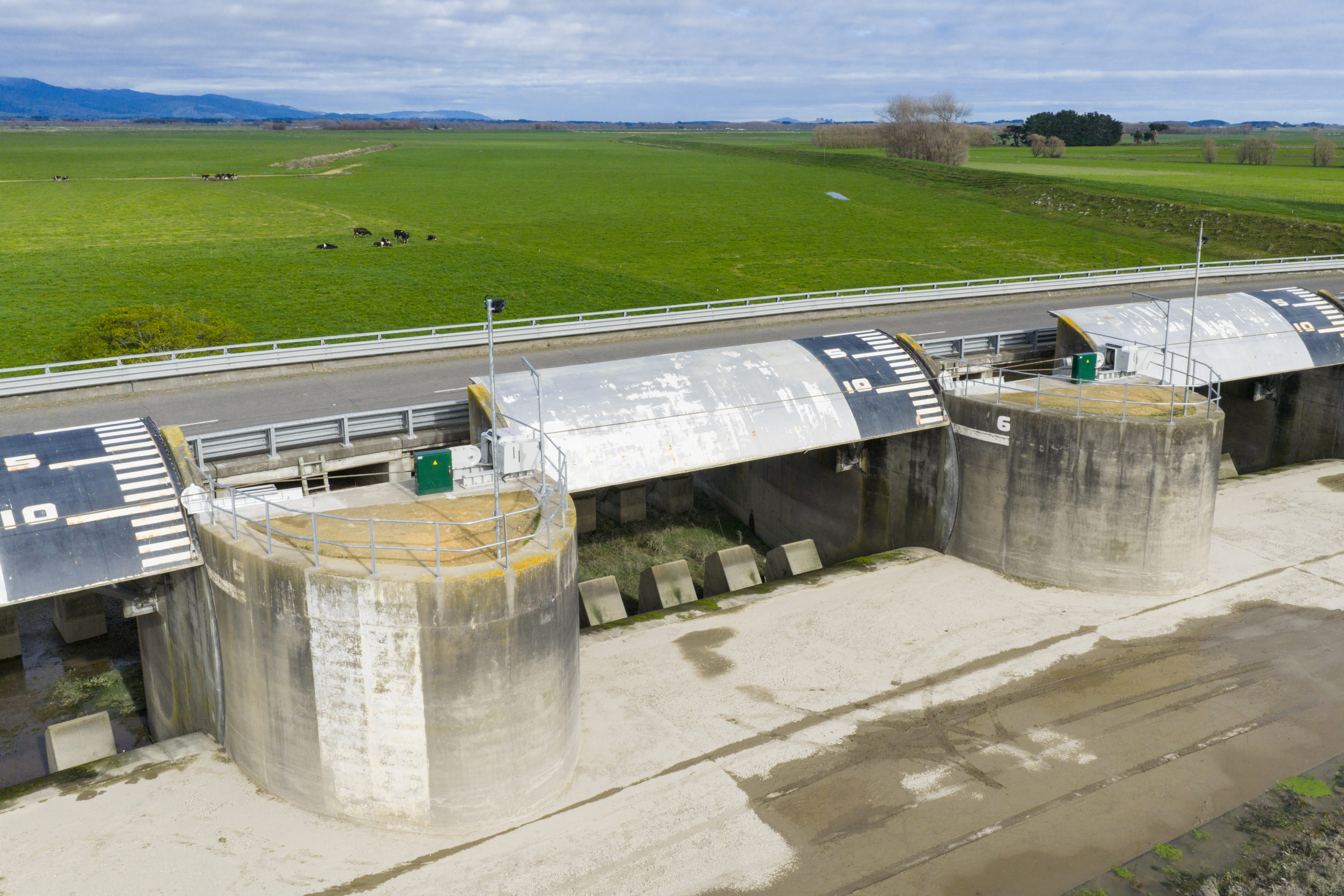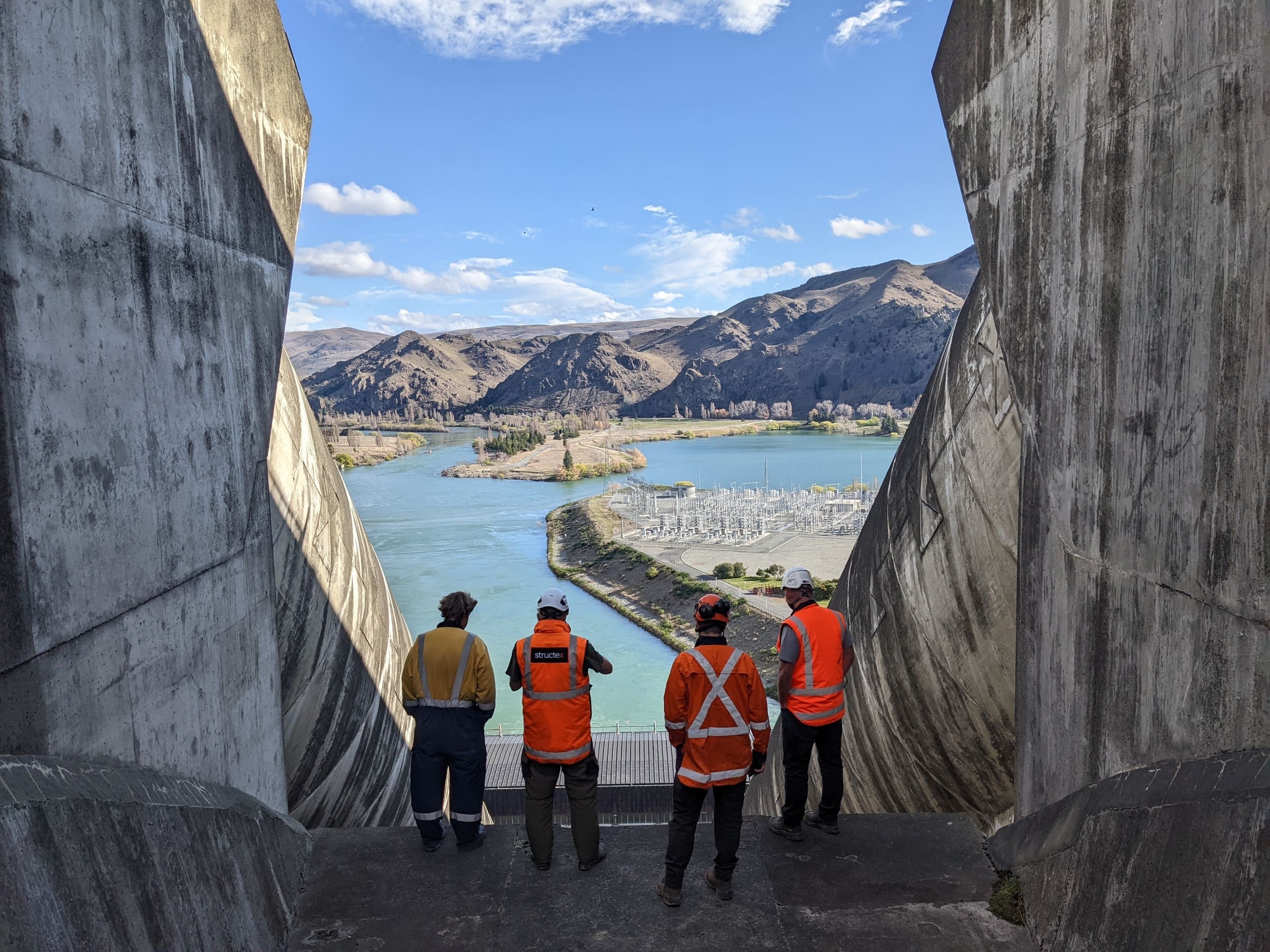Māngere Twin PE Rising Main Installation
%20(1).jpg)
SEIPP Construction’s new Auckland branch hit the ground running in 2021 as a subcontractor on a major pipeline installation in Māngere.
Completed in December 2021, this project saw the installation of a twin DN1400 polyethylene (PE) rising main from the new Māngere Pump Station into the Māngere Wastewater Treatment Plant. Subcontracted to Ghella Abergeldie JV, we carried out staged works on this $5.9 million contract – our first project in Auckland.

The DN1400 pipeline was installed adjacent to the coastline and was initially staged by Seipp to reduce the number of bolted connections required. Once on site, we developed a methodology to enable the pipeline to be fully welded for its entire length.
With around 95 per cent of work self-performed, our team laid all the pipeline, plus shoring and dewatering. We also handled mechanical sections – including large stainless-steel pipe saddles – and undertook alterations to existing concrete structures.
We also designed and manufactured a roller and lifting system to enable pipe string lengths of up to 240m and more than 100 tonnes to be placed in the trench.

Complexities taken in hand
Extremely varied ground conditions were encountered, including sections of the pipeline being laid in an existing channel from the historic treatment plant.
Some ground strengths were as low as 6kPa, which is well below the allowable bearing strength. To remedy this, extensive foundation works were required, and at times we excavated up to 2.4 metres below the invert of the pipe (the lowest point of the pipe’s inside diameter).

A force to be reckoned with in Auckland
Established in 2012 in Christchurch, Seipp has made its mark as an innovative construction company. Our Auckland Regional Manager, Drew Griffen, relocated from Christchurch for this inaugural branch project. Local staff were then recruited to fully establish Seipp’s presence in the region.
Delivered successfully by a team working in a live sewage environment, dealing with asbestos, heavy machinery and poor ground conditions, this highly challenging project has cemented our reputation in Auckland.
The success of the initial project led to additional contracts. Seamless integration of extra scopes of work were possible, given our extensive in-house technical expertise.
The project also supported many locally recruited staff to establish their Seipp careers. Drew says, ‘Some guys on the ground have made their way from general hand to foreman. And one project engineer who started on that project is now running our Fulton Hogan project.’













.jpg)

.jpg)

.jpg)
.jpg)
.jpg)






.jpg)
.jpg)
.jpg)
.png)
.jpg)

.jpg)

.jpg)

.jpg)
.jpg)
%20(1).jpg)


.jpg)
.jpg)

.jpg)
.jpg)
.jpg)
.jpg)


.jpg)